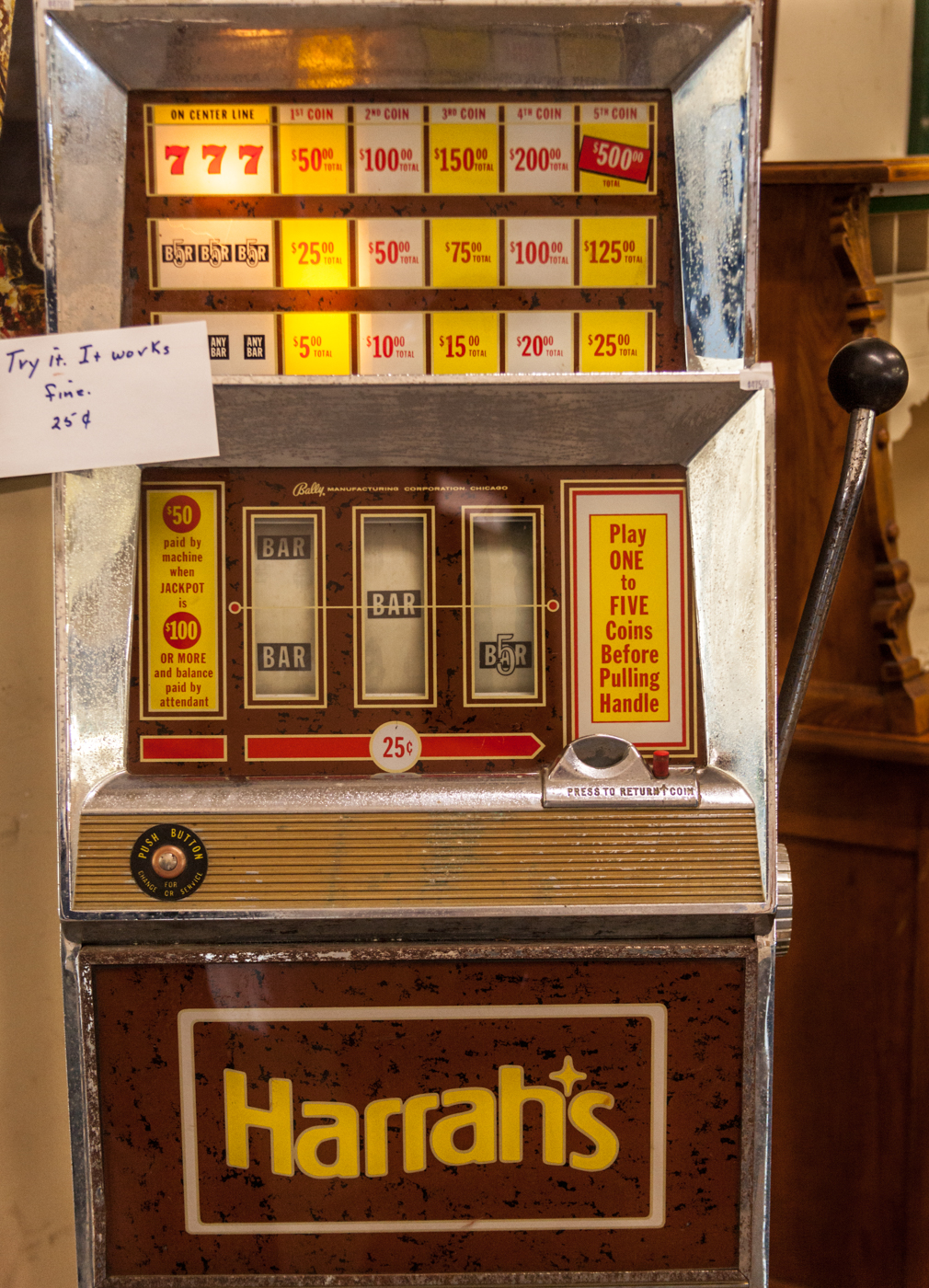Space exploration has been filled with groundbreaking moments that have pushed the boundaries of human knowledge and technology. From the first satellite launch to landing rovers on distant planets, each achievement has brought us closer to understanding the universe. These pivotal events not only represent technical triumphs but also symbolize humanity’s relentless curiosity to explore the unknown. As space missions continue to evolve, they inspire new generations to reach for the stars and redefine what’s possible. This list highlights 18 of the most significant moments in space exploration history, showcasing their lasting impact. Each has played a crucial role in shaping the future of space exploration.
The Launch of Sputnik 1 (1957)
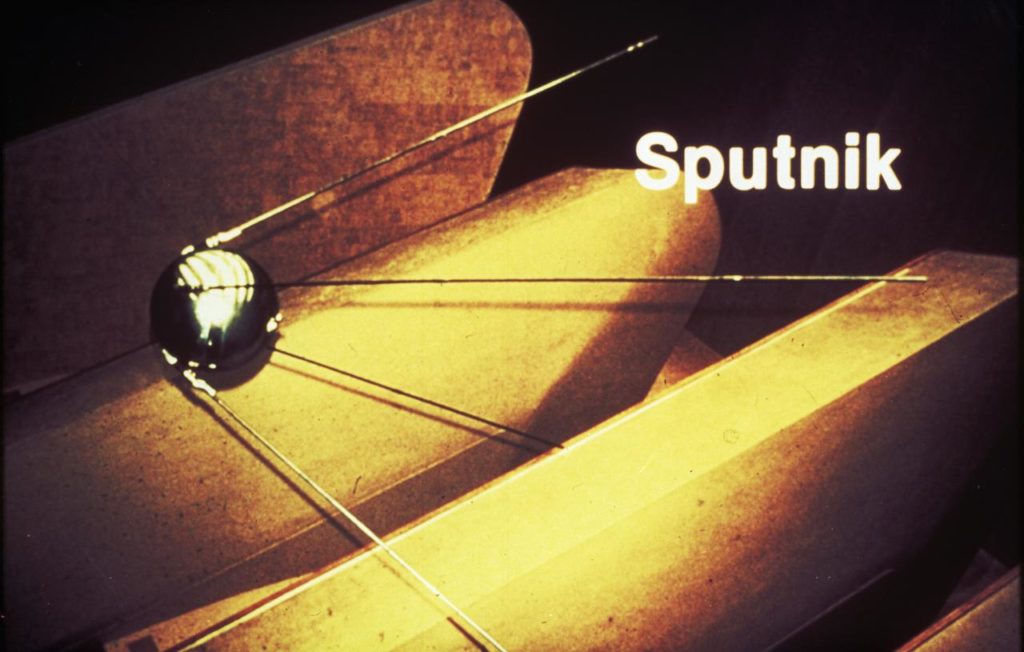
The launch of Sputnik 1 marked the dawn of the space age. This Soviet satellite, the first human-made object to orbit Earth, sent shockwaves around the world. Weighing just 184 pounds, Sputnik’s achievement demonstrated the potential of space travel. The satellite emitted radio pulses that were picked up by radio operators globally. Its success ignited the space race between the United States and the Soviet Union. This pivotal event reshaped global politics and inspired future generations of space explorers.
Yuri Gagarin’s Spaceflight (1961)
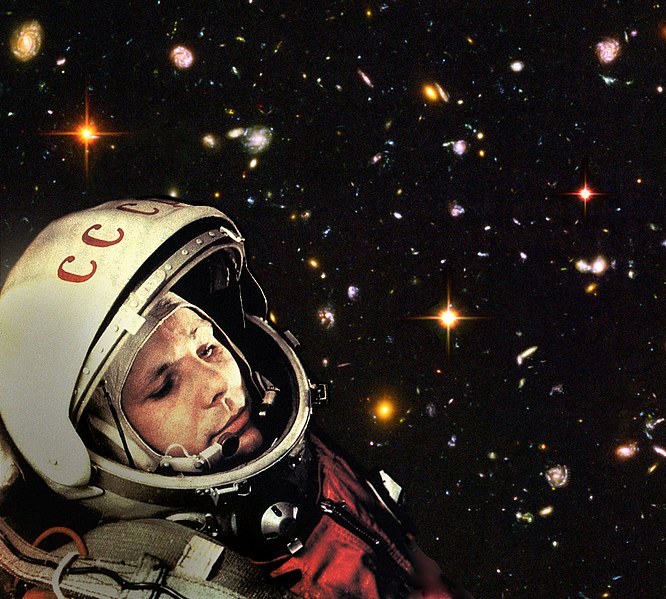
On April 12, 1961, Yuri Gagarin became the first human to journey into outer space. Aboard the spacecraft Vostok 1, Gagarin orbited Earth once, spending just under two hours in space. His historic flight cemented the Soviet Union’s lead in the space race at the time. More importantly, it showed that humans could survive space travel, paving the way for future manned missions. Gagarin’s triumphant return made him an international hero, and his name became synonymous with space exploration. His achievement remains a defining moment in human history.
Apollo 11 Moon Landing (1969)
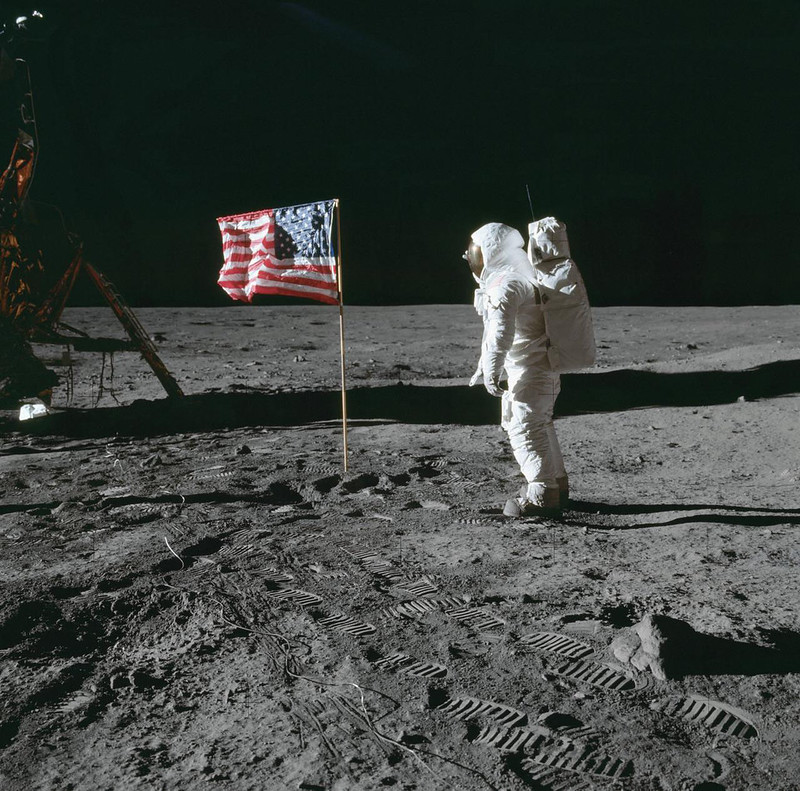
On July 20, 1969, the world witnessed one of the most iconic moments in human history—Neil Armstrong stepping onto the moon. The Apollo 11 mission was not just a triumph for NASA but for humanity as a whole. Armstrong’s famous words, “That’s one small step for man, one giant leap for mankind,” have echoed through time. This mission proved that humans could set foot on another celestial body. The successful moon landing reaffirmed America’s technological prowess in the space race. It also signified the potential for further space exploration and human settlement beyond Earth.
First Space Shuttle Flight (1981)
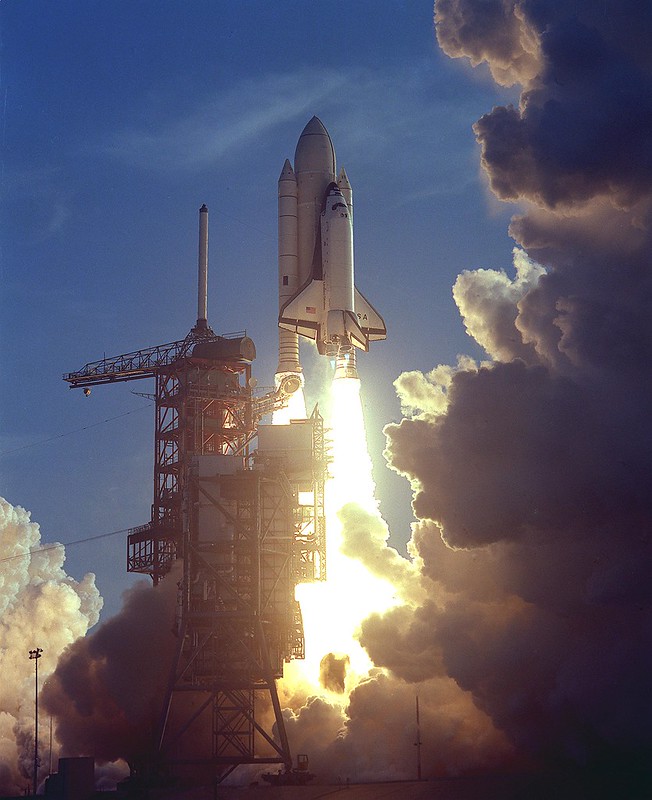
The launch of the Space Shuttle Columbia on April 12, 1981, ushered in a new era of reusable spacecraft. Unlike previous missions, the Space Shuttle program aimed to make space travel more routine and cost-effective. Columbia’s flight proved that a spacecraft could be launched into orbit, return to Earth, and be reused for future missions. This breakthrough opened up space for more scientific experiments and the deployment of satellites. The shuttle program allowed for longer missions and more complex tasks. Its success represented a giant leap in space mission efficiency and sustainability.
Hubble Space Telescope Launch (1990)
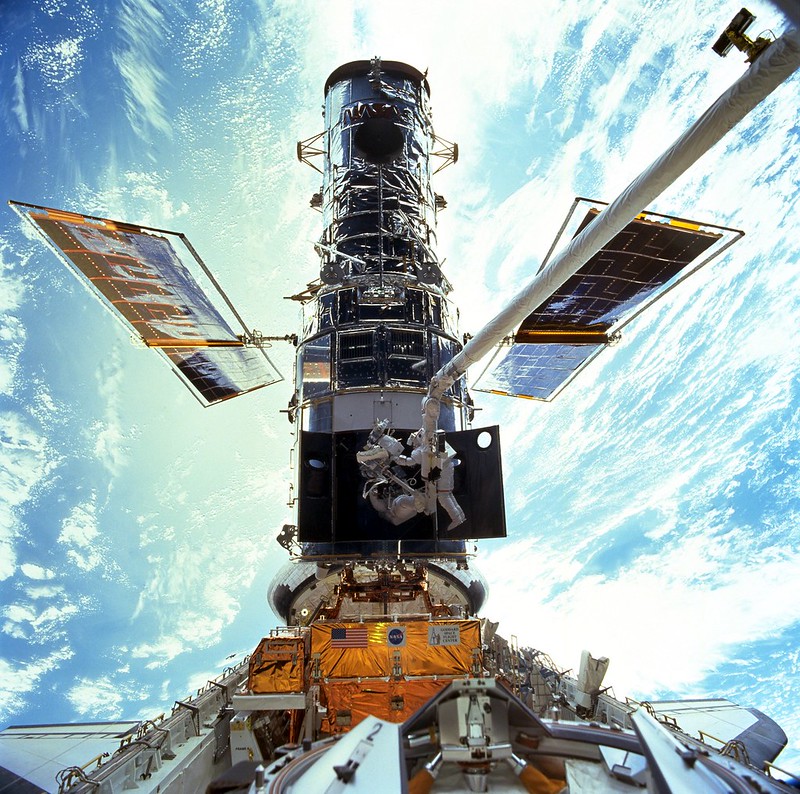
The Hubble Space Telescope, launched in 1990, transformed our understanding of the universe. Unlike Earth-based telescopes, Hubble orbited above the planet’s atmosphere, providing clearer images of distant galaxies, stars, and nebulae. Its discoveries, from the age of the universe to the existence of dark energy, have been groundbreaking. With its breathtaking images, Hubble captured the public’s imagination and brought space closer to everyday life. The telescope has been repaired and upgraded several times, extending its lifespan. Its legacy continues to inspire both scientific inquiry and public fascination with space.
First Mars Rover (1997)
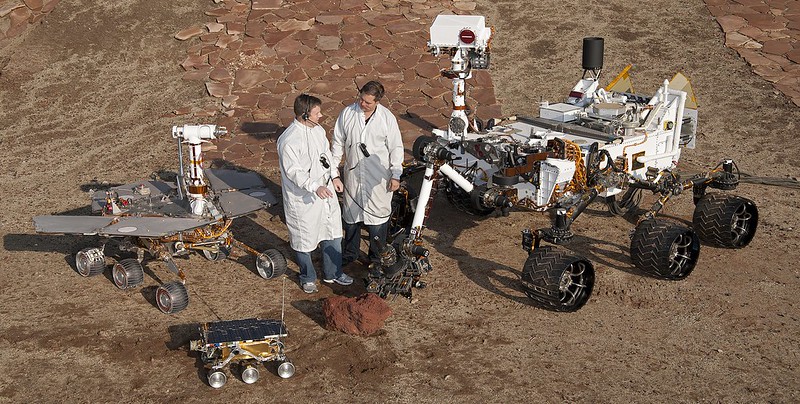
NASA’s Mars Pathfinder mission successfully landed on Mars on July 4, 1997, deploying the first rover, Sojourner, on the Martian surface. This was the first time a robotic vehicle explored another planet, providing crucial data on the Red Planet’s atmosphere, soil, and climate. The rover’s findings expanded our understanding of Mars’ potential to support life. Sojourner’s success paved the way for future Mars missions, such as the larger and more advanced Curiosity rover. The Pathfinder mission also demonstrated cost-effective planetary exploration. It remains a milestone in our quest to explore Mars and beyond.
International Space Station (1998-Present)
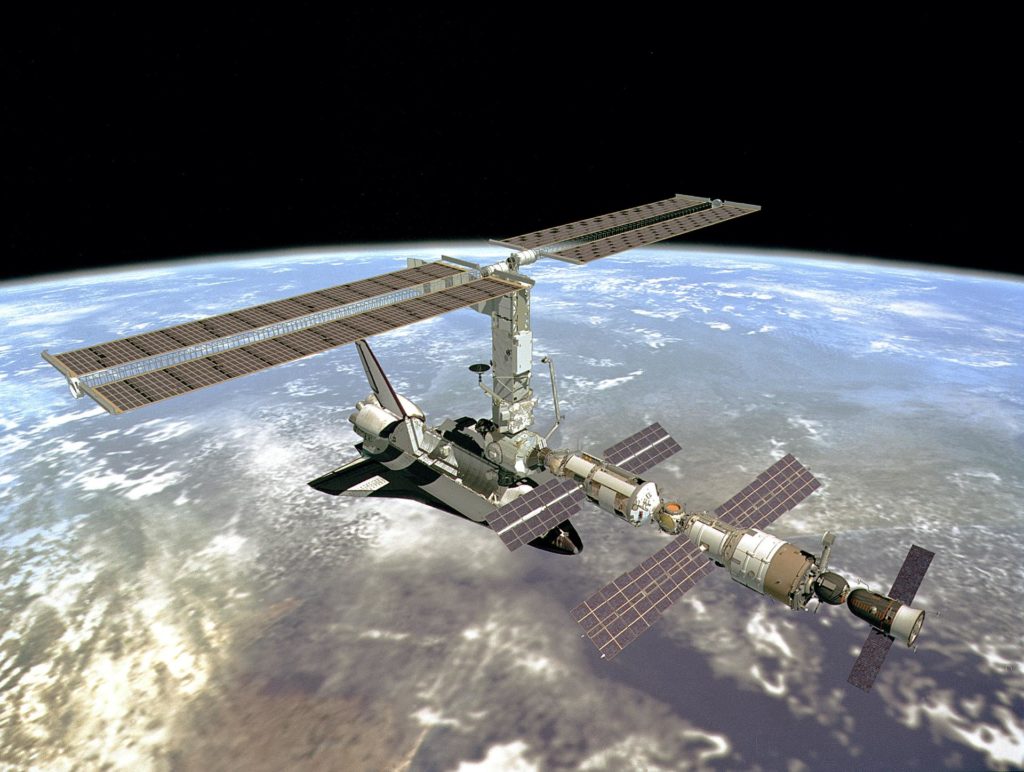
The International Space Station (ISS) is one of the most ambitious collaborations in human history. Launched in 1998, the ISS is a multinational effort involving NASA, Roscosmos, JAXA, ESA, and CSA. It serves as a laboratory for scientific research in microgravity, advancing our knowledge of biology, physics, and space technology. The station is also a hub for international cooperation, with astronauts from various countries working together. Its continuous operation has provided invaluable insights into long-duration spaceflight. The ISS stands as a symbol of what humanity can achieve when united by a common goal.
SpaceX Falcon 1 Launch (2008)
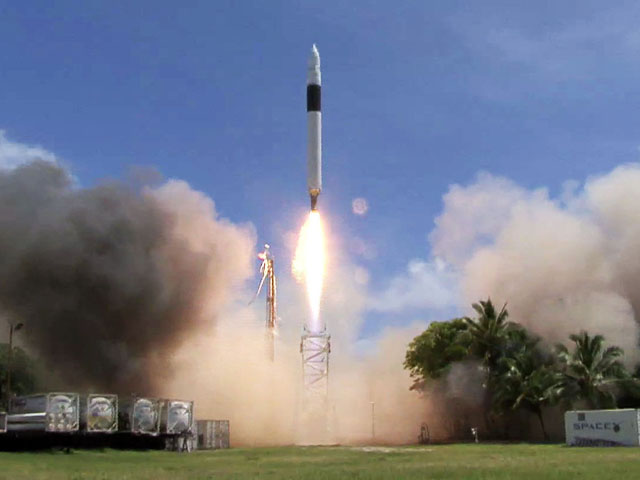
In 2008, SpaceX made history by launching Falcon 1, the first privately developed liquid-fueled rocket to reach orbit. This moment signaled the beginning of a new era in space exploration led by private companies. Elon Musk’s vision of reducing the cost of space travel was closer to being realized. Falcon 1’s success demonstrated that private industry could innovate and compete in the space sector. This paved the way for future private missions and collaborations with NASA. It also marked a shift in how space exploration would be approached in the 21st century.
Discovery of Exoplanets (1992)
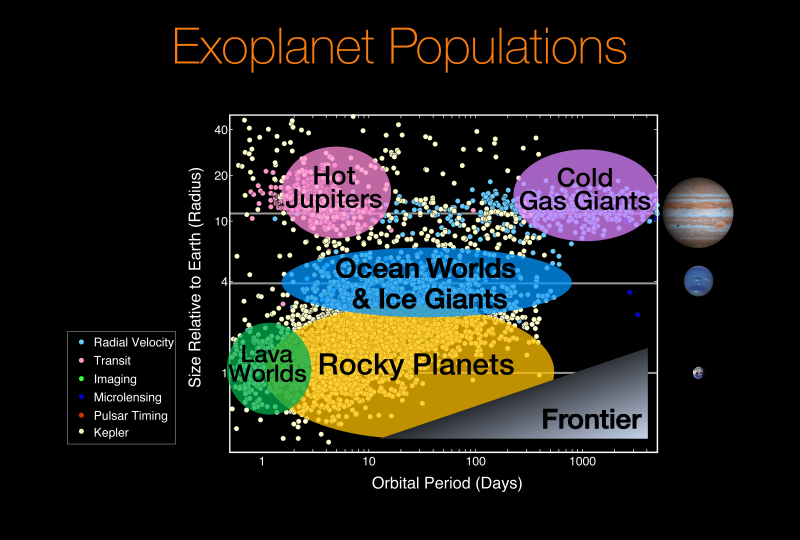
In 1992, astronomers discovered the first exoplanets orbiting a pulsar, challenging our understanding of planetary systems. This discovery proved that planets existed outside our solar system, leading to a surge in the search for habitable worlds. Since then, thousands of exoplanets have been identified, some located in the “habitable zone” where liquid water could exist. These findings have profound implications for the search for extraterrestrial life. The discovery of exoplanets has broadened our perspective on the universe and our place within it. It also spurred technological advancements in space telescopes and observational methods.
Curiosity Rover on Mars (2012)
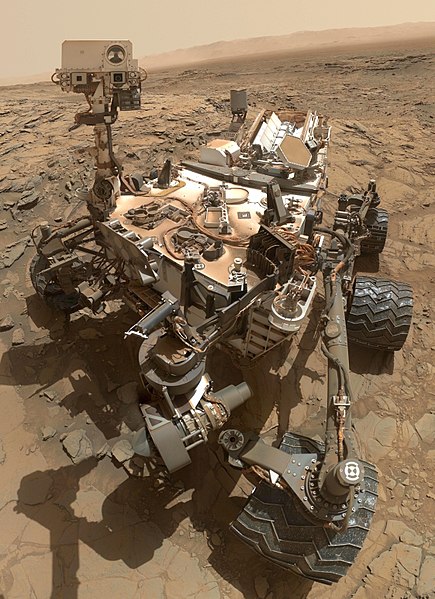
The landing of the Curiosity rover on Mars on August 6, 2012, was a major achievement in planetary exploration. Unlike its predecessors, Curiosity was equipped with advanced instruments capable of analyzing the planet’s geology and climate. The rover’s primary goal was to assess Mars’ habitability, particularly the presence of water. Curiosity’s findings have provided crucial data on the planet’s history, revealing evidence of ancient rivers and lakes. The mission’s success further fueled interest in human exploration of Mars. Curiosity continues to operate, providing valuable insights into the Red Planet.
Voyager 1 Enters Interstellar Space (2012)
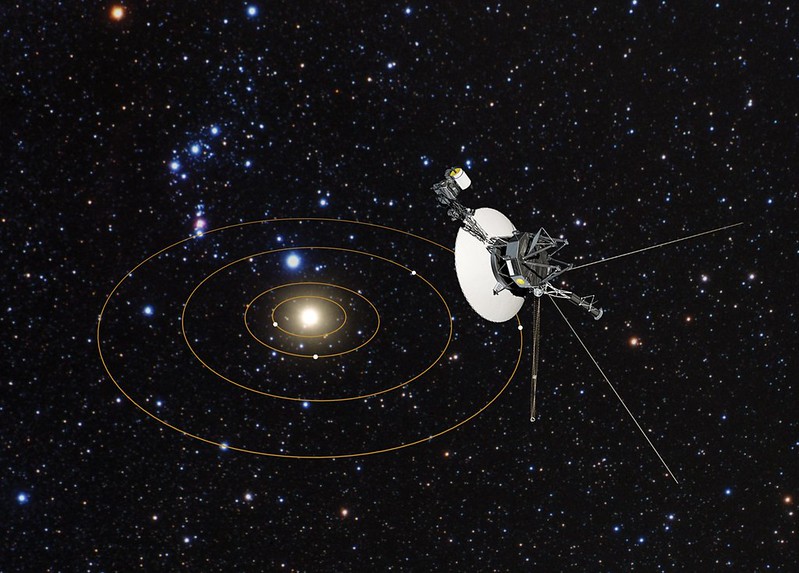
In 2012, NASA’s Voyager 1 became the first human-made object to enter interstellar space. Launched in 1977, the spacecraft had completed its mission of exploring the outer planets decades earlier. Its journey beyond the solar system marked a new chapter in space exploration. Voyager 1’s data continues to provide insights into the boundary between our solar system and interstellar space. The spacecraft’s longevity is a testament to the durability of human engineering. Its passage into interstellar space symbolizes humanity’s quest to explore the unknown.
Cassini-Huygens Arrival at Saturn (2004)
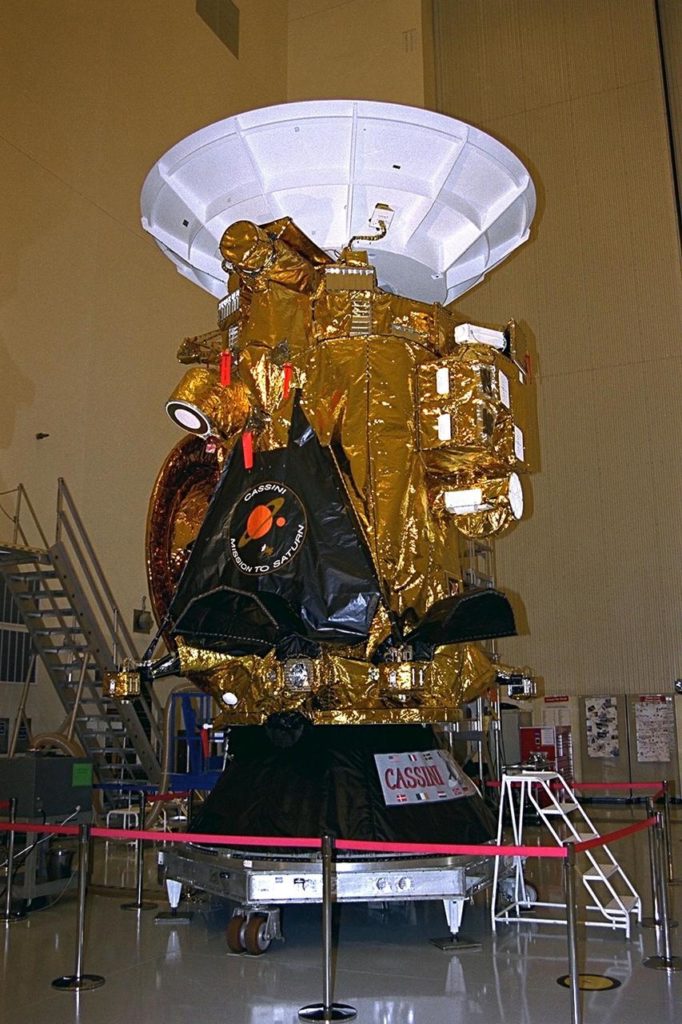
The Cassini-Huygens mission, launched in 1997, finally reached Saturn in 2004 after a seven-year journey. Upon arrival, the spacecraft began sending back unprecedented data and images of Saturn, its rings, and moons. One of the mission’s highlights was the landing of the Huygens probe on Titan, Saturn’s largest moon. This was the first time a spacecraft landed on an outer solar system moon. The mission revealed new insights into Titan’s atmosphere and potential for hosting life. Cassini’s mission lasted until 2017, revolutionizing our understanding of Saturn and its complex system.
First Space Tourist (2001)
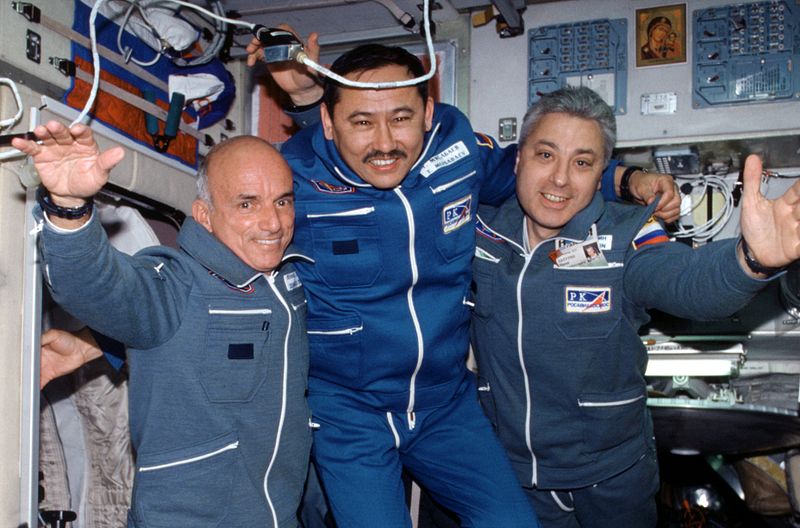
In 2001, American businessman Dennis Tito became the first space tourist when he traveled to the International Space Station aboard a Russian Soyuz spacecraft. His journey signaled the beginning of commercial space travel for private individuals. Tito’s trip was a watershed moment, proving that space tourism could be a viable industry. Though costly, his adventure captured global attention and set the stage for future private missions. This moment also raised questions about the future of space travel accessibility. Space tourism has since grown, with companies like SpaceX and Blue Origin aiming to make it more affordable.
New Horizons’ Pluto Flyby (2015)
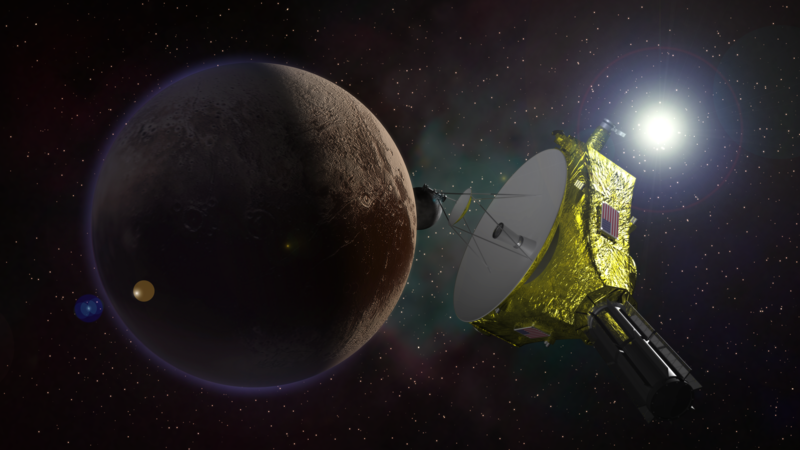
In July 2015, NASA’s New Horizons mission provided the first-ever close-up images of Pluto. After a nine-year journey, the spacecraft revealed Pluto’s complex geology, ice mountains, and potential subsurface ocean. The mission transformed our understanding of this distant dwarf planet, which had previously been little more than a blur. New Horizons’ success opened the door for further exploration of the outer solar system. Its data continues to reshape our view of Pluto and its moons. The mission demonstrated that even the most remote objects in the solar system could be explored.
China’s Chang’e 4 Moon Landing (2019)
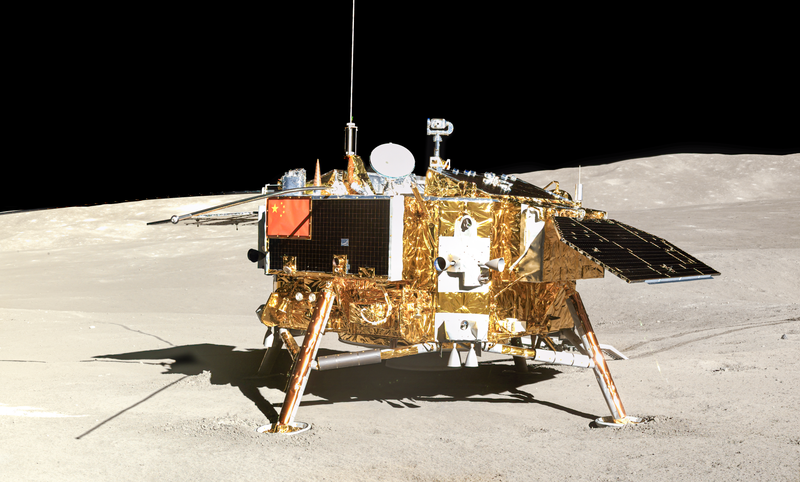
In January 2019, China made history with the first-ever landing on the far side of the moon. The Chang’e 4 mission was a major achievement for China’s space program and showcased its growing capabilities. The lander and rover explored the moon’s geology, providing new data on its far side. This mission highlighted China’s ambition to compete in space exploration, marking a significant step in its lunar research. Chang’e 4’s success also paved the way for future lunar missions, including plans for manned lunar exploration. The mission reinforced the idea that space exploration is becoming increasingly global.
SpaceX’s Crewed Dragon Launch (2020)
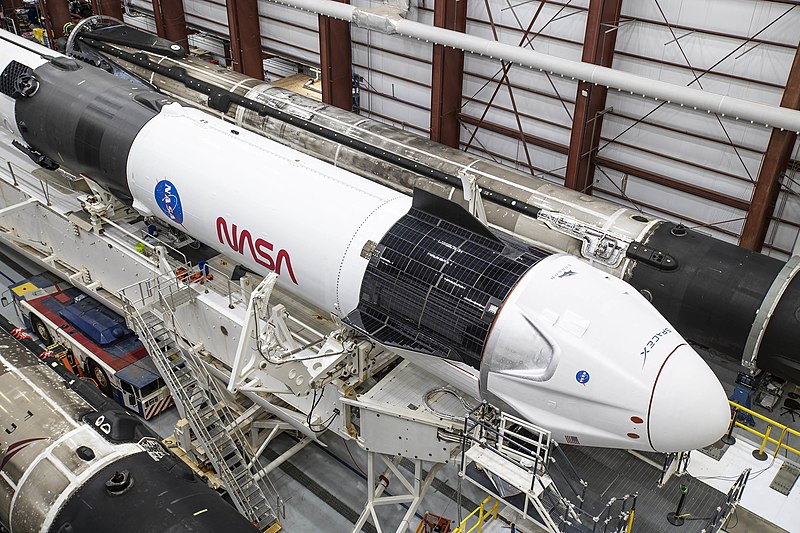
In May 2020, SpaceX launched its first crewed mission, sending two NASA astronauts to the International Space Station aboard the Crew Dragon spacecraft. This mission marked the first time a private company had sent humans into orbit. The launch was a pivotal moment for NASA’s commercial crew program, which aims to reduce reliance on Russian spacecraft. Crew Dragon’s success highlighted the potential for private companies to play a leading role in future space missions. This achievement opened the door to more frequent and affordable human spaceflights. It signaled a new chapter in space exploration, with commercial ventures at the forefront.
Perseverance Rover’s Landing on Mars (2021)
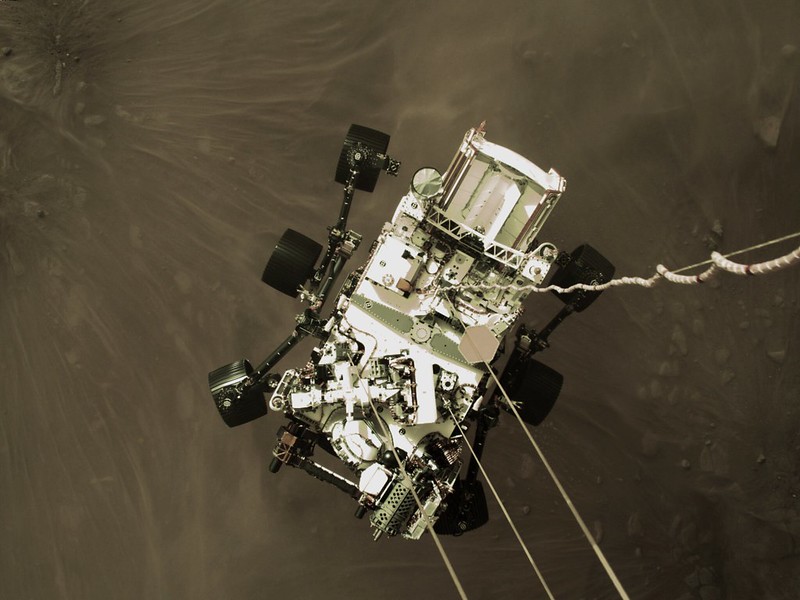
On February 18, 2021, NASA’s Perseverance rover successfully landed on Mars, embarking on a mission to search for signs of ancient life. Equipped with advanced scientific instruments, Perseverance is the most sophisticated rover ever sent to Mars. Its landing site, Jezero Crater, was chosen for its potential to have once held water. Perseverance also carries Ingenuity, the first helicopter to fly on another planet. The rover’s mission is crucial for understanding Mars’ past and preparing for future human exploration. Its discoveries could fundamentally change our understanding of the Red Planet’s history.
James Webb Space Telescope Launch (2021)
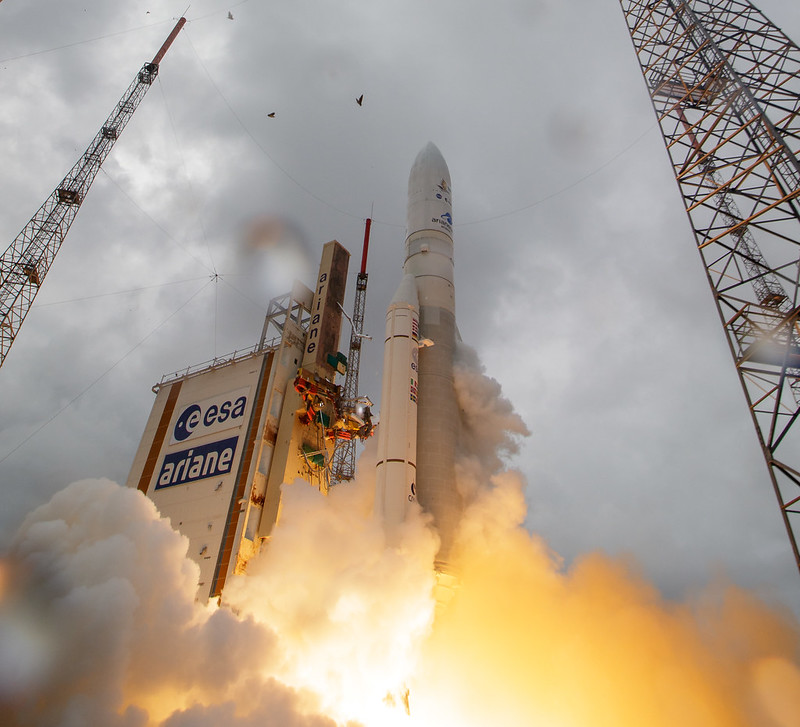
In December 2021, NASA launched the James Webb Space Telescope, the most powerful space observatory ever built. Designed to replace the Hubble Space Telescope, Webb’s mission is to peer deeper into the universe than ever before. Its cutting-edge technology allows it to observe distant galaxies, stars, and exoplanets in unprecedented detail. Webb is expected to answer fundamental questions about the origins of the universe and the potential for life elsewhere. The telescope’s launch marked a new era of astronomical discovery. Its findings are set to revolutionize our understanding of the cosmos for decades to come.
This article originally appeared on Rarest.org.
More From Rarest.Org
Nature is full of vibrant colors, but few creatures display them as boldly as frogs and amphibians. These animals often use their bright hues for protection, signaling danger to predators or blending into their colorful environments. Read more.
Vintage slot machines are highly sought after by collectors, often fetching incredible prices at auctions. These antique devices tell a story of gaming history, with unique designs and intricate mechanisms. Read more.
A fine pair of cufflinks speaks volumes about a gentleman’s taste. It’s not just an accessory; it’s a statement of elegance and attention to detail. The right pair can elevate any formal ensemble, blending personal style with timeless sophistication. Read more.


